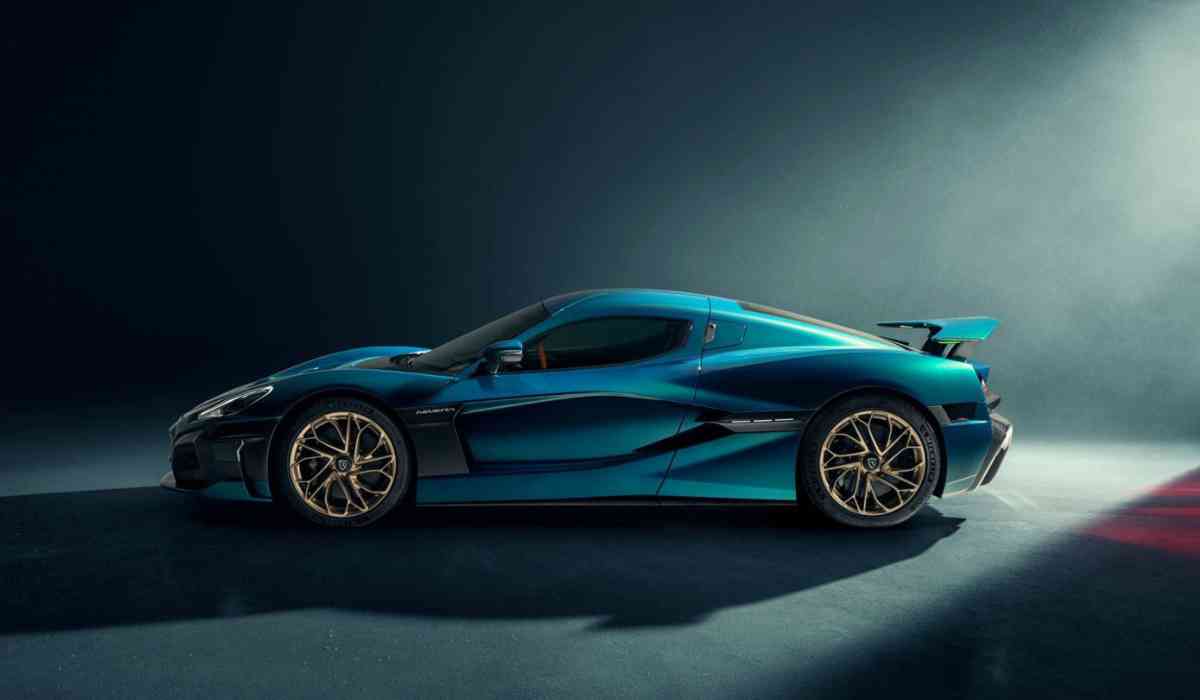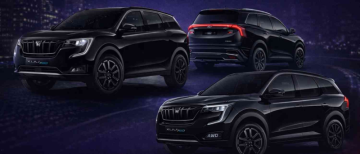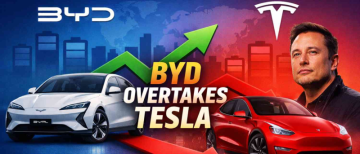Goran Drndak from Croatia shattered a 22-year-old record for the fastest reverse driving speed, reaching an impressive 275.74 km/h (171.34 mph) in a Rimac Nevera. The previous record of 165.08 km/h (102.58 mph) was held by Darren Manning from the UK, driving a Caterham 7 Fireblade in 2001.
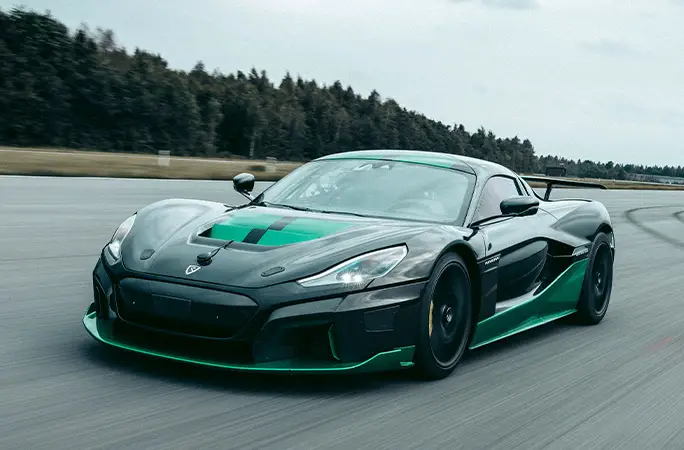
Reaching 0-60 mph in just 1.74 seconds, it stands among the fastest cars ever created. Furthermore, both the front and rear wheel sets feature a single-speed gearbox, enabling full torque on either side of each axle. Goran expressed, "That was a demonstration of the possibilities with four independent electric motors, and it was a fun test for us."
Only 150 Nevera cars will be produced, at a pace of about one per week. Prices begin at €2 million (£1.7m; $2.1m). The name "Nevera" is inspired by the fast and powerful storms on the Croatian Adriatic coast. Originally revealed as the Rimac C_Two at the 2018 Geneva Motor Show, it was later renamed.
According to the Evoindia report, Here are the top five fastest EVs in the world
1. Aspark Owl
Japan made its first electric hypercar called the Aspark Owl. It was shown as a finished car in 2019 in Dubai, after being introduced as an idea in 2017. The car is covered in carbon fibre and has four electric motors—two on each set of wheels. Together, they produce a lot of power: 1953bhp and 1920Nm of torque. Aspark says the Owl can go from 0 to 100kmph in just 1.91 seconds. It's also the fastest electric car globally, reaching a top speed of 413kmph.
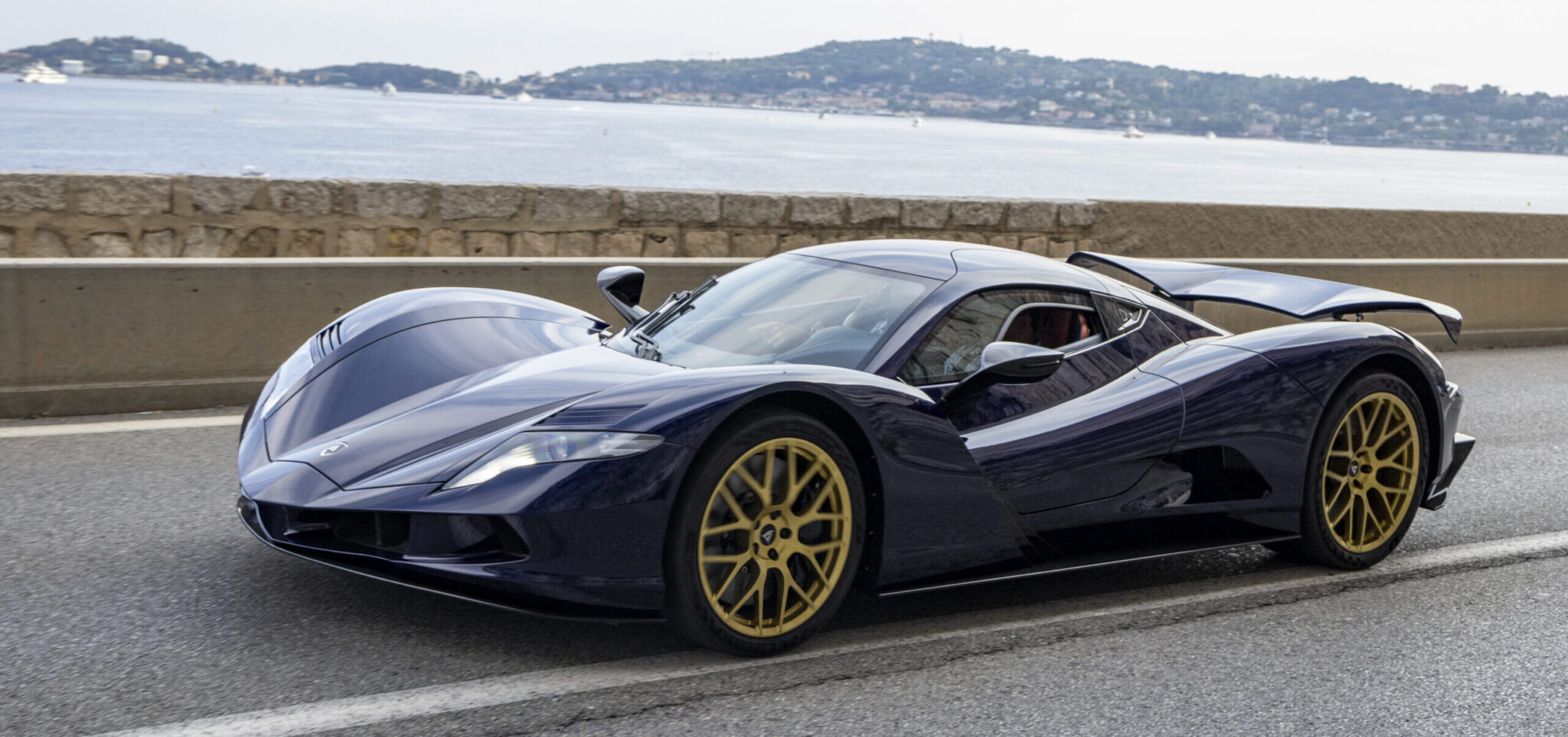
2. Rimac Nevera
The Nevera stands out as a true hypercar, excelling both in aesthetics and performance. It houses four electric motors—one for each wheel—generating an impressive 1888bhp and 2360Nm of torque. Its power comes from a T-shaped 120kWh battery pack, supporting an astonishing 500kW DC fast charging, although the current lack of infrastructure supporting such high charging rates is a challenge.
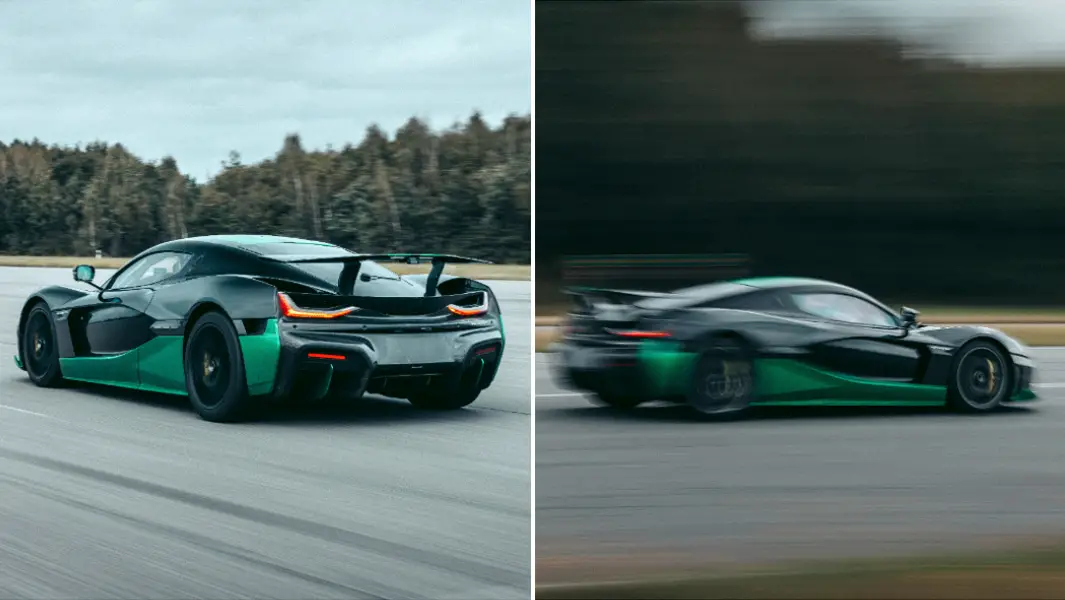
Acceleration is a forte for the Nevera, achieving 0 to 100kmph in just 1.97 seconds. With a top speed of 412kmph, it secures the second spot on the list. According to the Evoindia report, if the Aspark Owl weren't in the picture, the Nevera could have claimed the title of the fastest electric vehicle globally. Surpassing both the McLaren F1 (391kmph) and the original Bugatti Veyron (407kmph), the Nevera stands as a high-speed contender in the hypercar realm.
3. Deus Vayanne
The Deus Vayanne, an electric hyper/sports car from Austrian manufacturer DEUS Automobiles, is set for a limited production of 99 units scheduled to commence in 2025. This striking electric hypercar is the outcome of a collaboration between Austria's Deus Automobiles, Williams Advanced Engineering, and Italian coachbuilder Italdesign. Equipped with a tri-motor powertrain—one in the front and two in the rear—the Vayanne boasts a combined output of 2213bhp and 2040Nm of torque, establishing itself as the most powerful EV ever created.
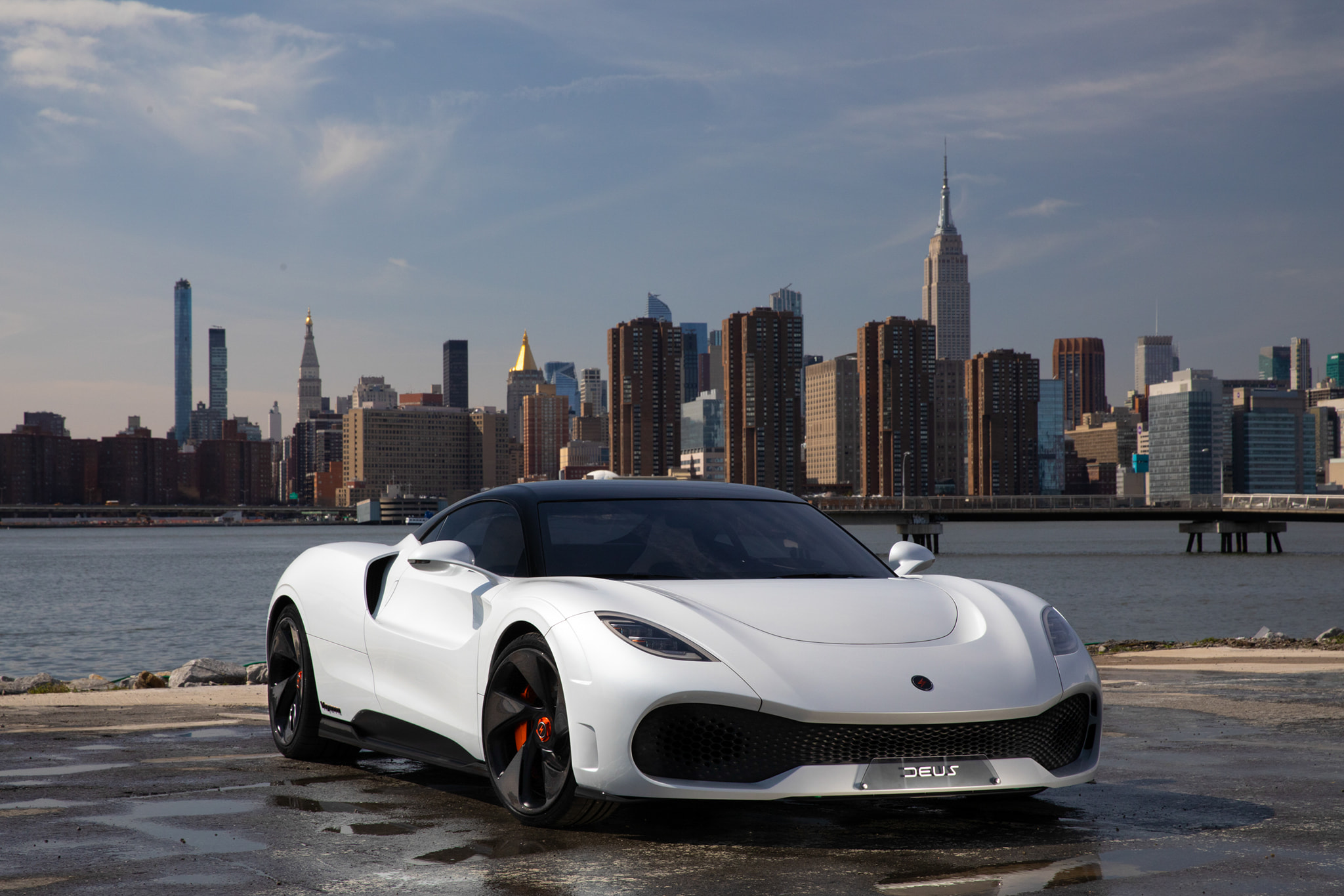
The Vayanne is claimed to accelerate from 0 to 100kmph in less than 1.99 seconds and reach a top speed of 402kmph.
4. Pininfarina Battista
The Battista stands as the maiden fully electric vehicle crafted by the renowned Italian coachbuilder Pininfarina's in-house car manufacturing arm, Automobili Pininfarina. Sharing its foundation with the Rimac Nevera, the Battista is equipped with a similar quad-motor powertrain, delivering an impressive combined output of 1874bhp and 2300Nm of torque. Despite a slightly lower power output compared to the Nevera, the Battista achieves a quicker 0-100kmph time at 1.86 seconds. This achievement establishes the Pininfarina Battista as the fastest-accelerating production car, surpassing even the Aspark Owl. Regarding top speed, the Battista has achieved 358kmph, securing its position in fourth place on the list.
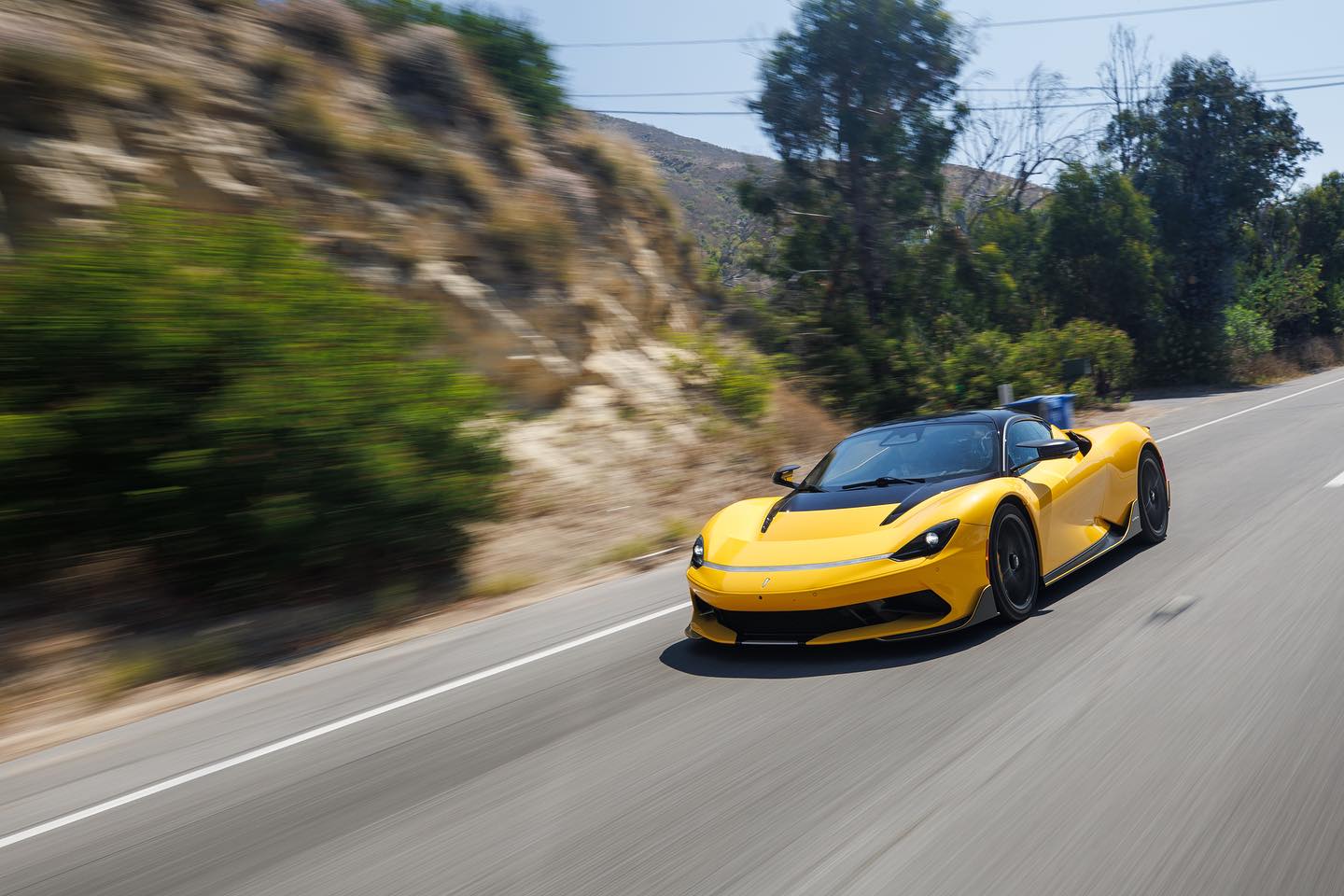
5. Lotus Evija
The Evija represents Lotus' commitment to delivering exceptional performance while prioritizing environmental sustainability. It stands as the first car introduced under the ownership of the Chinese EV giant, Geely. This British hypercar is equipped with four electric motors, collectively generating an impressive 1973bhp and 1703Nm of torque.
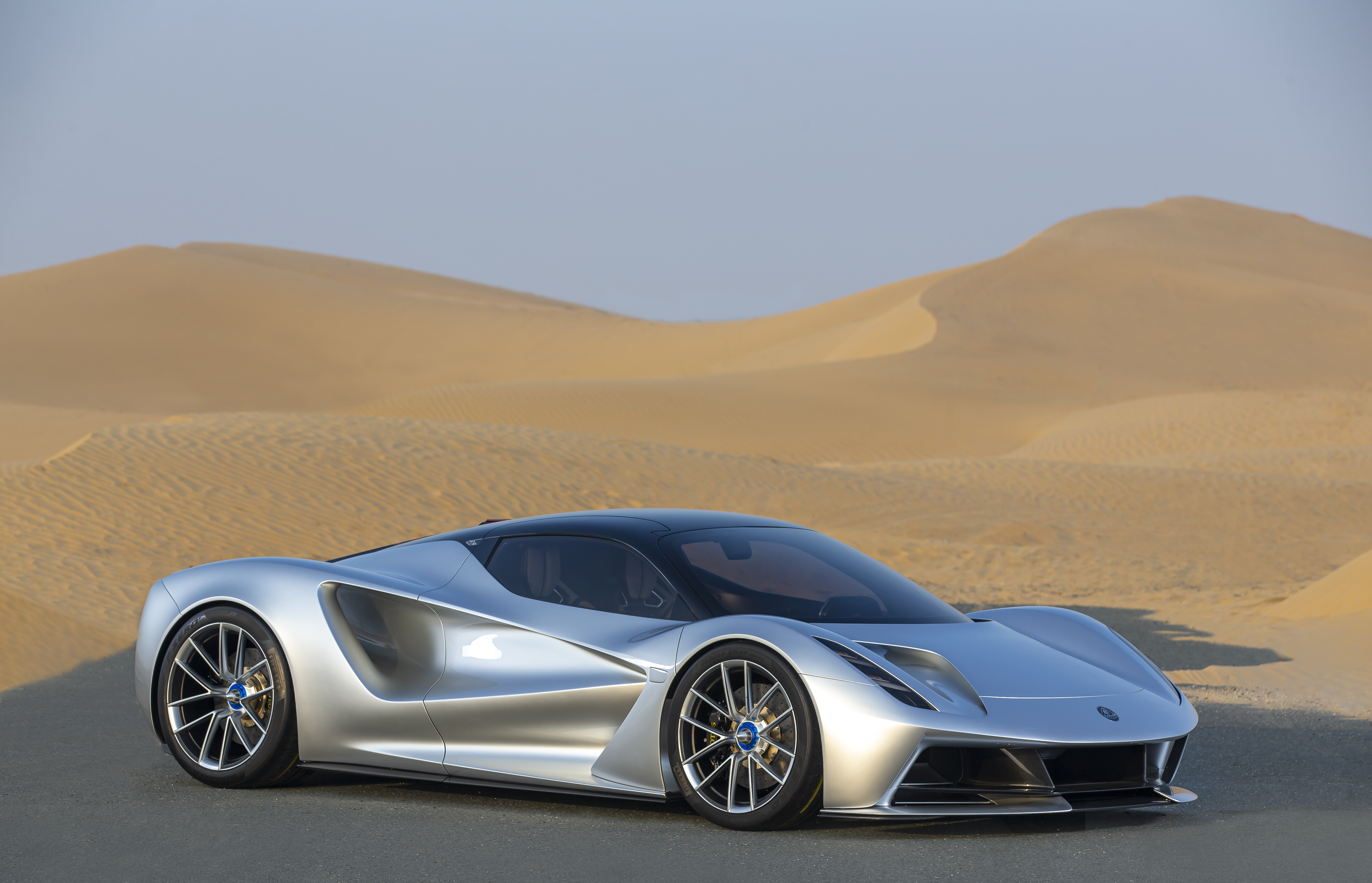
Powering these motors is a 93kWh battery pack, developed in collaboration with Williams Advanced Engineering. While these figures position Evija in fifth place, it is far from slow. Accelerating from zero to 100kmph in 'under three seconds,' the Evija reaches a top speed of 350kmph. Additionally, its battery pack is capable of fast charging at 800kW.
© Copyright 2023. All Rights Reserved Powered by Vygr Media.

